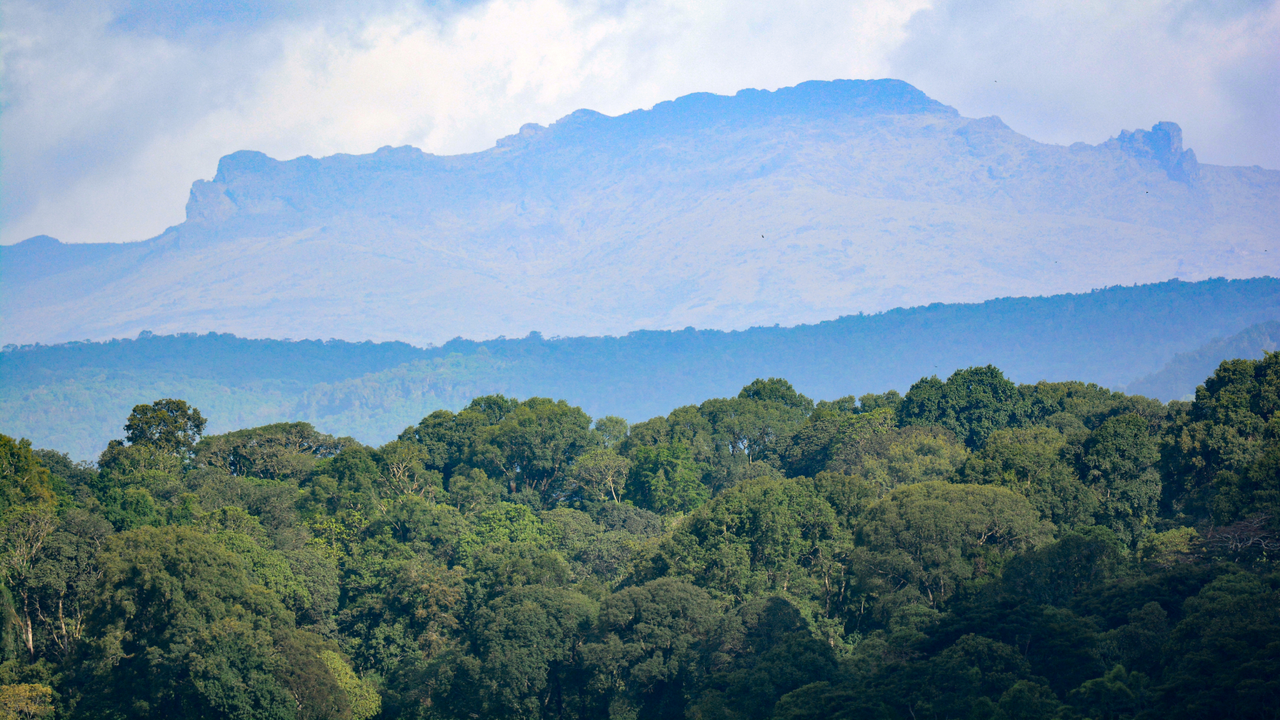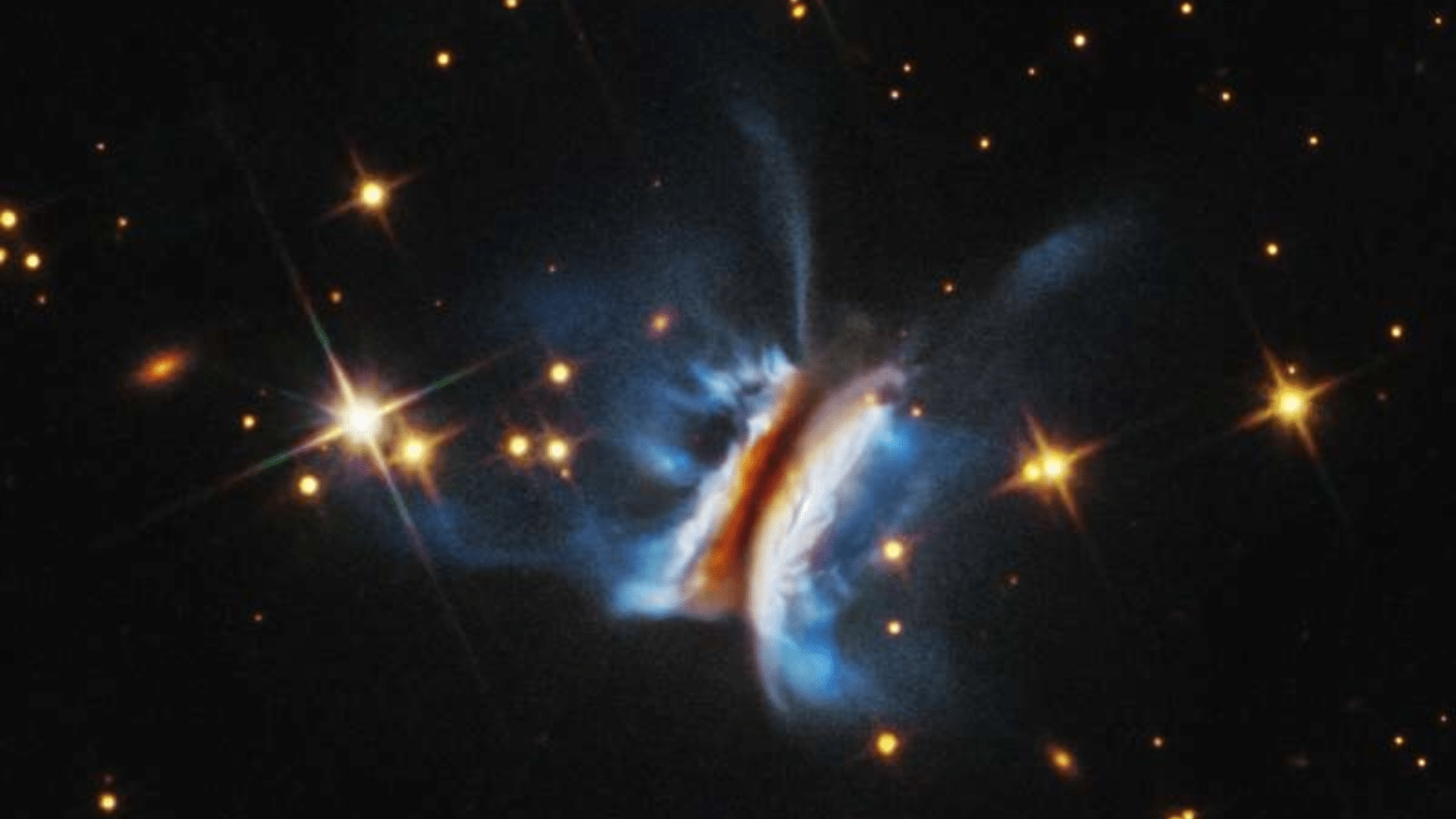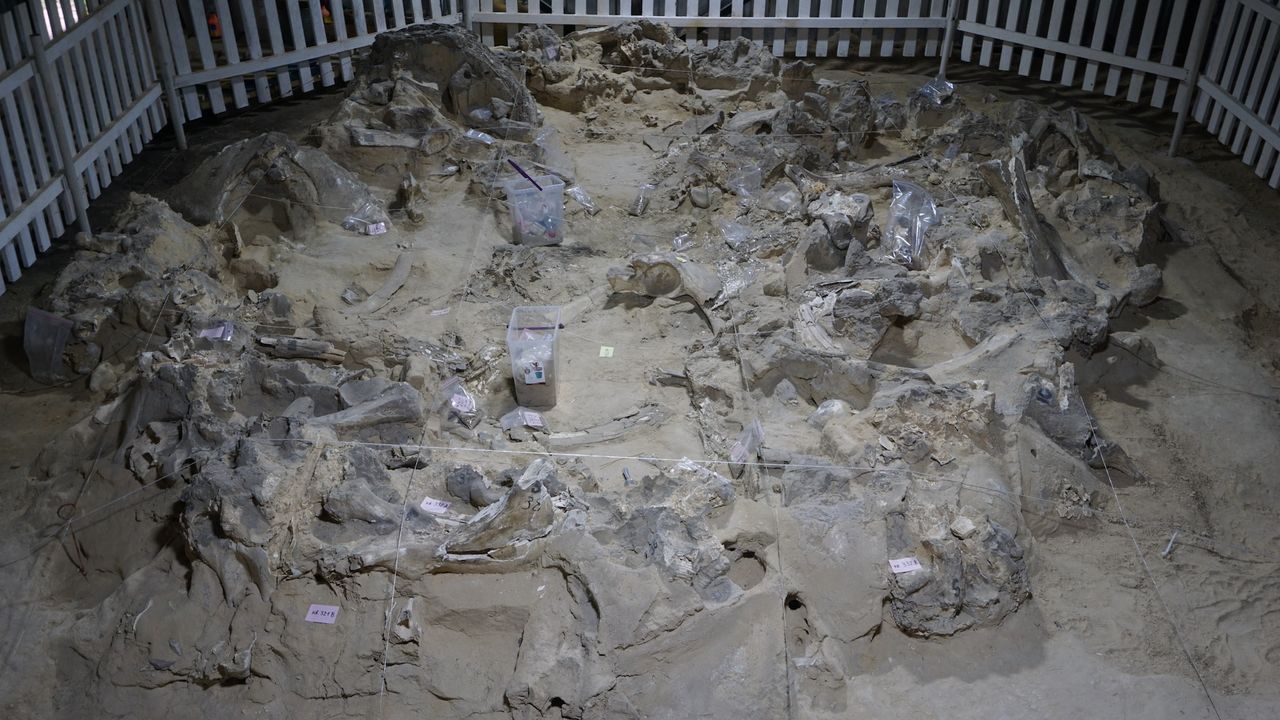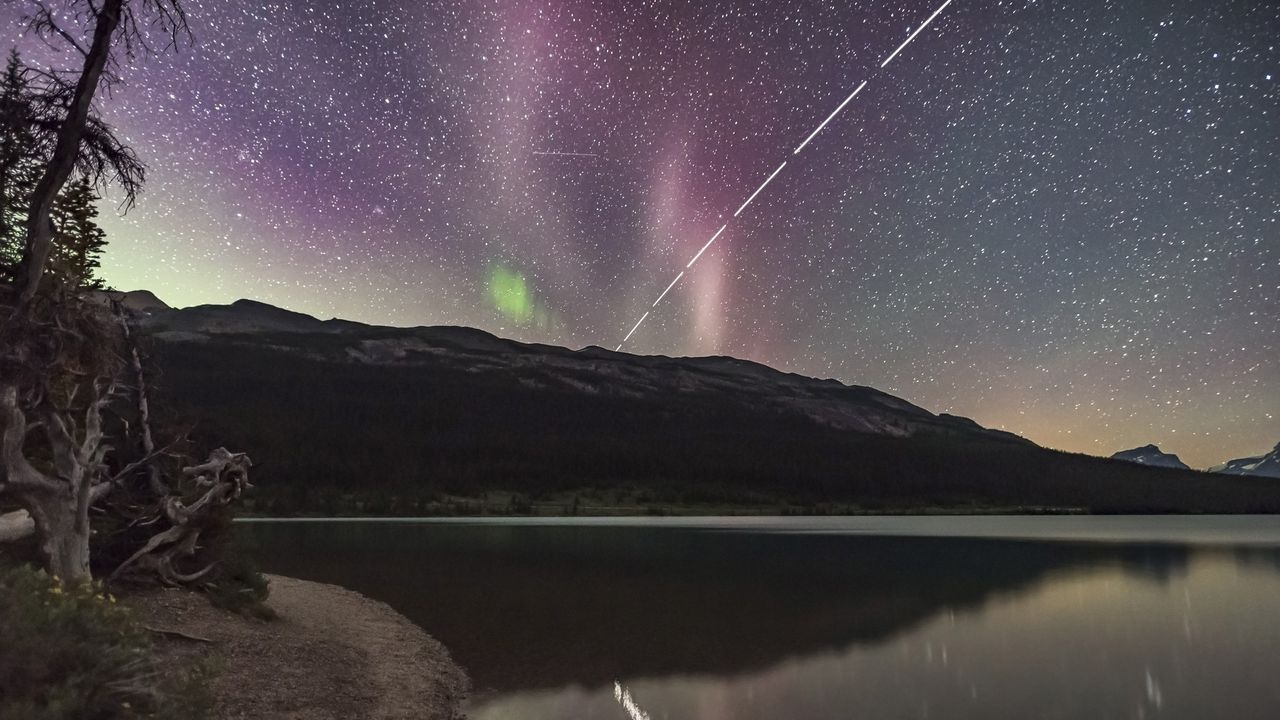Latest Articles in Science
Russia patents space station designed to generate artificial gravity
PositiveScience
Russia has patented a new design for a space station that aims to generate artificial gravity by rotating habitable modules around a central axis, creating centrifugal force to simulate gravity for crew members. This innovative approach could enhance long-duration space missions.

Sponsored
Get Discovered in Latest Articles
A budget-friendly way to appear across fresh reads all day long.
SIPA Alumni Champion Wildlife Protection at Major Conference in Uzbekistan
PositiveScience
SIPA Alumni participated in the Conference of the Parties to the Convention on International Trade in Endangered Species of Wild Fauna and Flora (CITES COP) held in Uzbekistan, focusing on wildlife protection and the importance of international agreements in combating overexploitation.
FCC Drone Ban—What the New ‘Covered List’ Means for DJI and Pilots
NeutralScience
The U.S. Federal Communications Commission (FCC) has implemented a ban on the sale of new foreign-made drones, significantly impacting the availability of models and parts for pilots. This decision is part of a broader strategy to enhance national security and limit reliance on foreign technology, particularly from companies like DJI.
Before trips to Mars, we need better protection from cosmic rays
NeutralScience
Before embarking on missions to Mars, researchers emphasize the urgent need for improved protection against cosmic rays, which pose significant health risks to astronauts outside Earth's magnetic shield. Current technologies may not adequately shield space travelers from these harmful radiation levels, necessitating advancements in protective measures.
U.S. Takes a Step Toward Approving Seabed Mining in International Waters
NeutralScience
The U.S. federal government announced plans to hold hearings next month regarding controversial applications for seabed mining in international waters, a significant step towards potential approval of such activities. This follows a 2021 assessment by a ship chartered by the Metals Company to evaluate the viability of mining the ocean floor.
Earth's seasons vary wildly, even at the same latitude, new research finds
NeutralScience
New research utilizing 20 years of satellite data reveals that Earth's seasons can vary significantly even among locations situated at the same latitude. This finding highlights the complexity of seasonal changes across different geographical areas.
Hubble spots massive sandwich shaped blob in deep-space
NeutralScience
The Hubble Space Telescope has identified a massive, sandwich-shaped blob in deep space, nicknamed Dracula’s Chivito, located approximately 1,000 light-years from Earth. This discovery adds to the growing catalog of unusual cosmic formations observed by Hubble, showcasing the telescope's continued relevance in astronomical research.
18,000 years ago, ice age humans built dwellings out of mammoth bones in Ukraine
NeutralScience
Research indicates that approximately 18,000 years ago, humans in Ukraine constructed shelters using mammoth bones and tusks, showcasing their adaptability during the harsh conditions of the last ice age. These findings highlight the resourcefulness of early humans in utilizing available materials for survival in extreme environments.
Santa's sleigh or the International Space Station? How to spot a bright Christmas flyby Dec. 24 and 25
NeutralScience
Early risers in North America and Europe may witness a bright light gliding across the sky on December 24 and 25, coinciding with a flyby of the International Space Station (ISS). This event presents a unique opportunity for skywatchers to distinguish between the ISS and the traditional imagery of Santa's sleigh.
Why World Pulse Now
Live data processing
Global Coverage
All major sources, one page
Emotional Lens
Feel the mood behind headlines
Trending Stories
Know what’s trending, globally
Read Less, Know More
Get summaries. Save time
Multi-Language
Switch languages to read your way
Save for Later
Your stories, stored for later
Live Stats
Our system has analyzed 3,678 articles worldwide
~153 per hour
254 trending stories shaping headlines
From breaking news to viral moments
Monitoring 309 trusted sources
Major outlets & specialized publications
Latest update 2 days ago
Always fresh
Featured Products
View the complete directory of tools and products.








